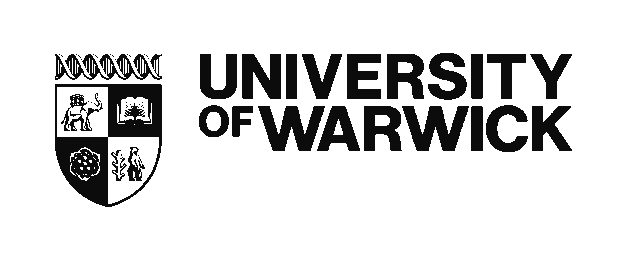Read what our Clients &
Distributors say
We breed new potato varieties for use all over the world. We installed a G:BOX image analyser because we need to have digital images of gels of our potato DNA fingerprints. This makes it easier for us to trace the origins of varieties and to have an audit trail for each new one we develop. We chose the G:BOX because it can accommodate our oversized gels and easily image them; with other systems we looked at we had to chop our gel into two pieces to image it and then stick the images together, which is too time consuming.
We also like the fact that Syngene has developed the software and hardware for the G:BOX and we can have direct contact with their experts to discuss what we want to do. The support we had from Syngene’s team has been very good and we’re very happy with our G:BOX system because it has made this part of the task of trying to identify unknown potato varieties much simpler.
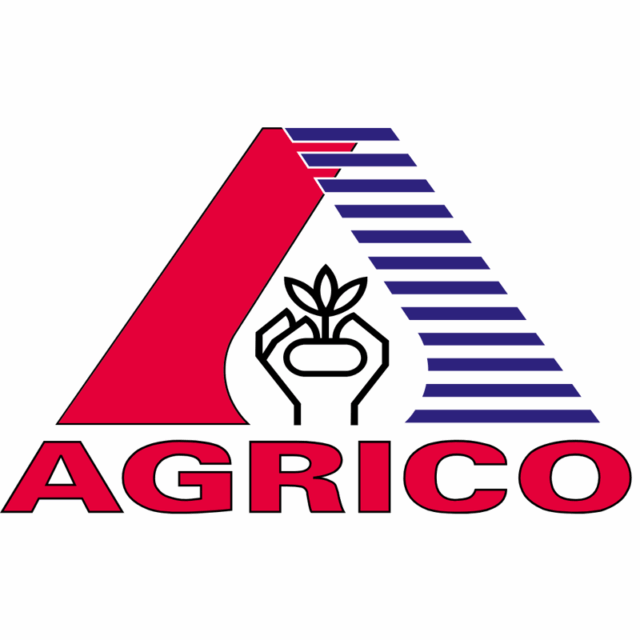
We installed a Dyversity imaging system because we needed to accurately detect small amounts of proteins associated with the human aging process. The Dyversity has been very easy to use as the training and the technical support we have had from Syngene have been exceptional.
With the system, we have been able to rapidly generate reproducible data which let us measure phosphorylation levels of different signal transduction molecules in insulin-like-growth factor1 pathway so the quantification and analysis capabilities of the Dyversity are exactly right for our work.

Our imaging work is mainly chemiluminescent blots of proteins associated with inflammatory diseases and is done by PhD and post-doctoral scientists, as well as students on our Masters’ course in Applied Biosciences. We were using ECL/X-ray film for this, but it was costly, required a darkroom and was difficult to obtain good quantitative results, which is why we assessed automated imagers.
We decided to purchase a G:BOX Chemi XRQ because the imaging box is easy to upgrade and Syngene staff are more knowledgeable when we ask technical questions. Our G:BOX Chemi XRQ is now in regular use because it is simple for everyone to set up and produces good quality images. We are pleased we chose the G:BOX Chemi XRQ imager for our lab.
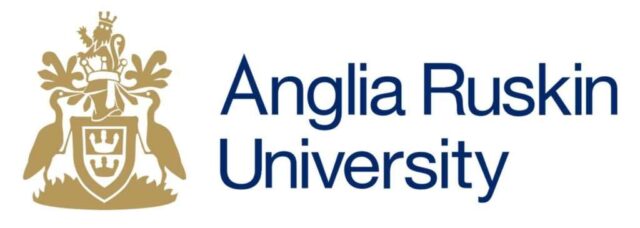
We originally installed a GeneGenius system and Syngene upgraded this for us to a G:BOX. This G:BOX is very heavily used and last year we needed another one to cope with the demand. Since our first G:BOX has been very reliable and the support we have had from Syngene has been so fantastic, we had no hesitation in installing a G:BOX chemiluminescence imager as our next system.
Both G:BOX systems are very versatile and we use them in research to image standard DNA gels, gelatin zymograms and autoradiograms and even our final year students find them very easy to use. I would recommend the G:BOX systems to anyone wanting a great image analyser for their molecular biology research.
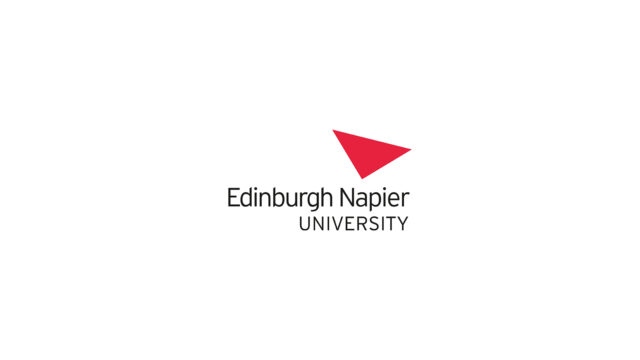
We are analysing chemiluminescent Western blots to look for expression of proteins involved in neurodegenerative diseases. We were spending a huge amount of time using X-Ray film to visualize our Western blots. This was difficult, as well as time consuming.
We chose to upgrade from our old Syngene gel doc, which we have used for many years but couldn’t analyse Western blots on, to the newer G:BOX Chemi XX6 imaging system. Now 10 scientists regularly use the G:BOX Chemi XX6 to detect their chemiluminescent proteins and we may in future use the system for fluorescent Western blots too. We all like the G:BOX Chemi XX6 because the software is easy to use and we can obtain our results quickly.
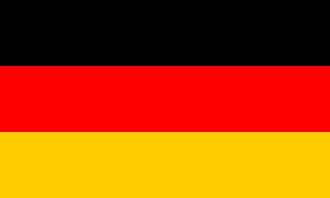
Our Lab is focused on gap junction-mediated intercellular communication. We study expression of gap junction proteins (connexins) under various physiological and pathological conditions. To analyse our results we need an imager that can perform well with DNA gels and chemiluminescent Western blots.
We reviewed a range of imaging systems and chose the G:BOX XRQ because it provides us the best all-round performance for an affordable price. We like working with the G:BOX XRQ because the system makes it easy to produce good publication quality pictures all in one programme and we can upgrade by buying other filters for fluorescent Western blots as and when we need them.

We have been using the digital system to detect signals from our chemiluminescent Western blots previously, however the old system sometimes struggled to cool the camera down to the required temperatures during hot summer months. This was especially a problem when we needed long exposure times to detect low abundance signals in our samples. Therefore, we decided to replace it with the newer and more reliable system. G:BOX Chemi XX6 imaging system from Syngene was the most sensitive device from all devices that we had a chance to test, including our own old system. Therefore, we decided to purchase the G:BOX Chemi XX6 with the upgrade for fluorescent applications, and since then we successfully use it to acquire chemiluminescent Western blots, protein gels with proteins in-house labelled with various fluorescent dyes, and occasionally, we also analyse and count the bacterial colonies expressing fluorescent proteins. We are happy we decided for this versatile and easy to use system.

We work with clinical diagnostic vaccines and after vaccination we have to image which proteins are being expressed by neutrophils and leukocytes on chemi labelled Western blots. This is time consuming to do manually using X-ray film and is why we needed an automated analyser in our laboratory.
Several scientists from other laboratories all recommended Syngene imagers for performance and quality. We purchased a Syngene system without reviewing any others. My colleague and I have found our Syngene system is easy to use and has helped us obtain our Western blot results very rapidly.
We’re using rabbit and mouse models to study the effects of glucose in metabolic diseases. To do this, we often have to analyse large protein gels and blots and leave our chemiluminescent Westerns developing for a long time with film to get good results.
To get away from using film, we reviewed three image analysers and chose the G:BOX Chemi XRQ because the system can easily image large gels and blots and the GeneSys software makes it simple to set up. Also the system’s binning feature gives us incredible sensitivity so for price and performance, the G:BOX Chemi XRQ is the clear winner.
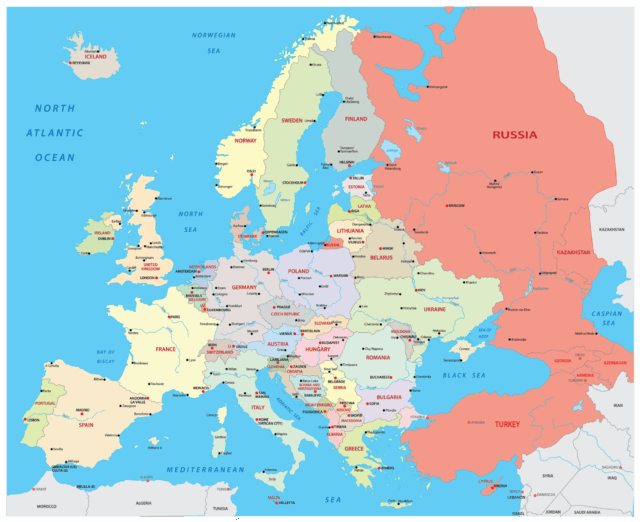
At Maastricht University we run a bachelors science programme to train students in complex molecular biology techniques. In this programme, students extract proteins from mosses, tropical leaves and insects, run the proteins on gels and then transfer them onto Western blots. On this course we need an imaging system that allows students to easily switch applications, to train them to analyse different gel and blot types.
After assessing two other imaging systems, we chose a G:BOX Chemi imager for the programme because the GeneSys software which comes with the G:BOX Chemi is much easier to use with minimal training. We have found the quality of the apparatus is very good and the service we have had from Syngene has been perfect in helping us to install and set up the G:BOX Chemi system so that our enthusiastic students can use it without any difficulty.

We’ve been using the Syngene G:BOX Chemi XX6 for imaging chemi blots to determine how conditions such as diabetes, Hepatitis C infection and obesity affect the amounts of drug metabolising enzymes that are expressed.
During that time, the G:BOX Chemi XX6 has worked well and we’ve had great training and service from Syngene. I’d definitely recommend the G:BOX Chemi XX6 to any scientist because the system is really easy to use and gives us good quality images every time.
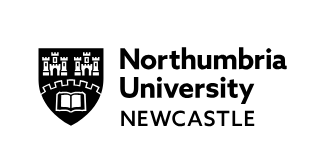
We are studying a range of large human plasma proteins using oversized agarose gels and large blots. We assessed the G:BOX Chemi XX6 alongside other image analysers and found this was the only systems that could accommodate such big gels and blots, which is why we chose to install the G:BOX Chemi XX6.
We have since found the software with the G:BOX Chemi XX6 is simple to use, making it easy for us to calibrate our markers and analyse all the protein bands and spots we want to. The system allows us the versatility for the diverse number of current and future projects we have to work on so we are very happy to have chosen the G:BOX Chemi XX6 imager.

We are a department of 70 scientists mainly investigating breast cancer. Recently, we moved laboratory to a space which hadn’t got a darkroom and could no longer develop X-ray films of our chemiluminescent blots. We decided the time was right to move to digitising our imaging and reviewed systems from three different suppliers.
We installed the G:BOX Chemi XX6 because the system produces high quality images in a broad range of applications. We are very pleased with the G:BOX Chemi XX6 as it is simple to use and allows us to have a higher throughput of results compared to using X-ray film. We also like the fact that the system is easy to upgrade for different types of imaging.
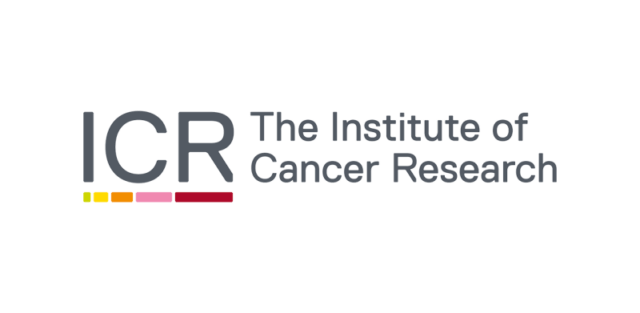
We are analysing chemiluminescent Western blots to look for expression of thrombospondin proteins. These can form oligomers which are larger than 200 kDa but can have low expression so it is very difficult using chemiluminescent blots and X-ray film to get the exposure just right to detect these proteins.
We decided to install the Syngene G:BOX Chemi XRQ because this system can accurately image large gels and blots with ease. Using the G:BOX Chemi XRQ we can leave the system capturing multiple images and exposures and can always detect our proteins quantitatively even when the signal is faint, avoiding the risk of over-exposure. This means we can analyse our chemi blots more easily and have much more confidence in our results.

We are a start-up biotech developing new technology in the fast developing DNA therapeutics field. As a small business we need to work quickly and efficiently and rely on equipment that is simple to operate and delivers what we want with high precision. In this respect, G:BOX EF meets all our needs.
Even though we have only had the G:BOX EF for a very short time, it is now being used to routinely analyse all our DNA and protein gels and its “point and shoot” capability has saved us countless hours. I have worked with several other gel doc systems and I can honestly say the G:BOX EF is one of the best I have used.
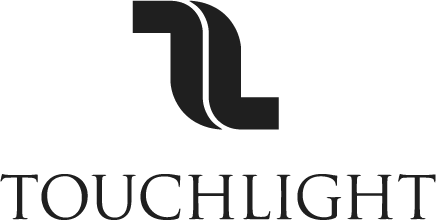
We are studying the changes that occur following exposure to stressors in non-coding RNAs in the model Gram positive bacteria, Bacillus subtilis. This may identify potential genetic targets, which could help in developing new anti-microbial therapies for drug-resistant bacteria. As part of this research we need an imager that can analyse chemi labelled Northern and Western blots, as well as image 25 cm plates of fluorescent protein expressing E. coli and B. subtilis colonies.
When we assessed the available image analysers, we found that the G:BOX Chemi XX6 is the only one with the flexibility to perform all these tasks so the system sold itself really. Since we installed the G:BOX Chemi XX6, the system has become a well-used workhorse and we have not yet found a fluorescence or chemi application the G:BOX Chemi XX6 cannot perform.
